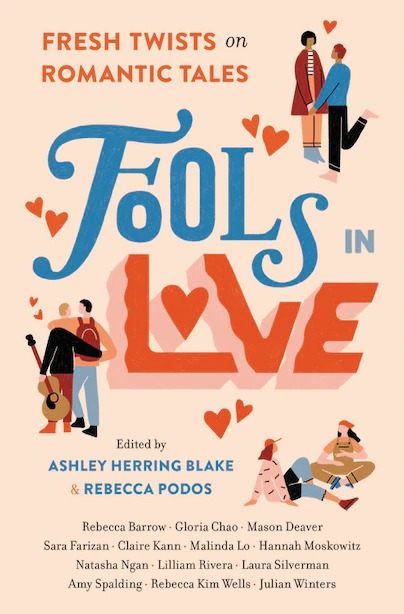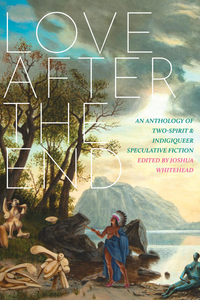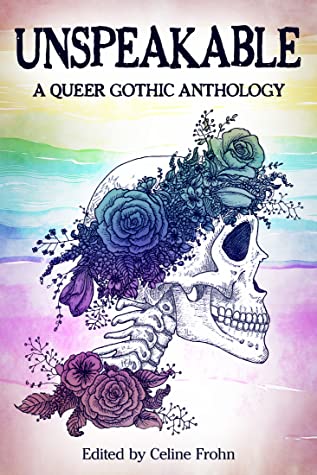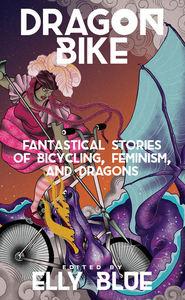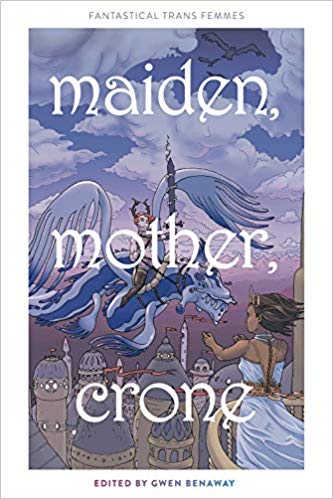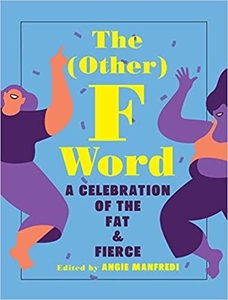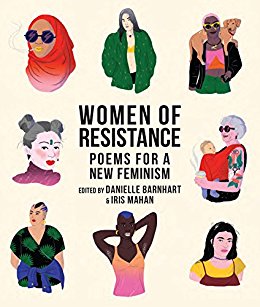Amazon Affiliate Link | Bookshop.org Affiliate Link What I love about this collection is that nowhere on it does it say it’s a specifically LGBTQ anthology, but if you read sapphic YA, you’ll recognize those two editors and know you’re in for a treat. This is a collection of stories from fantastic YA authors (RebeccaRead More
Danika reviews Love after the End edited by Joshua Whitehead
Love after the End: An Anthology of Two-Spirit & Indigiqueer Speculative Fiction edited by Joshua Whitehead is a collection of science fiction and fantasy short stories by Indigenous authors. It’s edited and introduced by Joshua Whitehead, the author of Jonny Appleseed and full-metal indigiqueer. In that introduction, Whitehead reflects on the intersection between Indigeneity and queerness:Read More
Zoe reviews Beyond II: The Queer Post-Apocalyptic & Urban Fantasy Comic Anthology edited by Sfé R. Monster and Taneka Stotts
Beyond II: The Queer Post-Apocalyptic & Urban Fantasy Comic Anthology edited by Sfe R. Monster and Taneka Stotts is the second of its series, following Beyond: The Queer Sci-Fi & Fantasy Comic Anthology, both of which were highly successful Kickstarter projects. The preface, which never fails to make me tear up, reads “These stories areRead More
Bee reviews Unspeakable: A Queer Gothic Anthology edited by Celine Frohn
This book had me in two words: queer. Gothic. I have long-held passions in both areas. The gothic is the realm of the outsider, the rejected, the monstrous. It lends itself to queer interpretation–and that is mostly what queer gothic is. Just interpretation. The height of gothic literature was, of course, the 18th and 19th Centuries, beginning with TheRead More
Danika reviews Dragon Bike: Fantastical Stories of Bicycling, Feminism, & Dragons edited by Elly Blue
Dragon Bike is the newest addition to the Bikes in Space series of Microcosm publishing, which all deal with feminist bicyclist science fiction stories, but each volume has a different sub-theme. I previously reviewed volume 4, Biketopia, and like that one, this isn’t entirely queer stories–there are only a few included–but there are even fewer storiesRead More
Danika reviews Color Outside the Lines edited by Sangu Mandanna
Color Outside the Lines is a YA romance anthology of interracial love stories. (I’m not sure if the LGBTQ+ stories are also all interracial.) Perhaps it was unfair of me to pick this one up: I’m not a huge romance reader, especially when it comes to straight romance stories. I’m definitely not the teen romanceRead More
Sheila Laroque reviews Maiden, Mother Crone: Fantastical Trans Femmes by Gwen Benaway
I became aware of Gwen Benaway this fall on twitter (@GwenBenaway) with the controversy that was happening in Toronto with the public library and a hateful speaker. More of Gwen’s writing on her experiences of these events can be found here. Also, this fall she won the Governor General’s Literary Award for Poetry for herRead More
Danika reviews The (Other) F Word: A Celebration of the Fat & Fierce edited by Angie Manfredi
This isn’t an entirely queer collection, but it refreshingly diverse. There are eleven queer contributors, which is about a third of the entries! LGBTQ Reads just put up a post that has notes from these contributors about their entries, so you can check that out if you want more details. There are also lots ofRead More
Quinn Jean reviews All Out: The No-Longer-Secret Stories of Queer Teens Throughout The Ages edited by Saundra Mitchell
[This review contains very vague spoilers (no specific plot points, though) and mentions of violence] This exceptional short story collection, edited by Saundra Mitchell, is a sterling addition to WLW fiction. The vast majority of the seventeen stories included involve major WLW characters and without fail, every tale is breathtakingly beautiful. The historical settings rangeRead More
Karoliina reviews Women of Resistance: Poems for a New Feminism by Danielle Barnhart and Iris Mahan
This poetry collection, edited by Daniella Barnhart and Iris Mahan, opens with Denice Frohman’s poem ’a woman’s place’, and the first lines set the scene for the whole collection: i heard a woman becomes herself the first time she speaks without permission then, every word out of her mouth a riot The collection is hugeRead More
